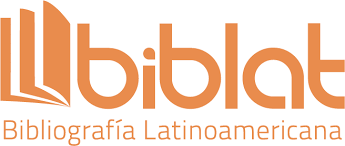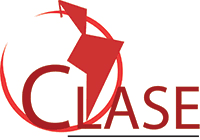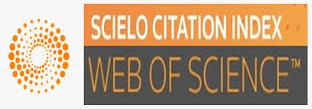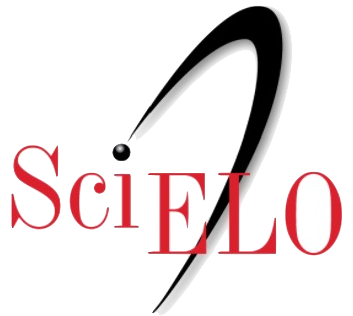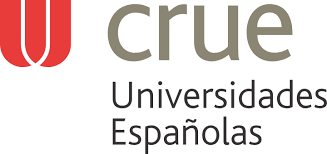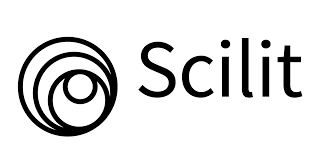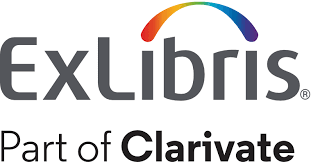The statistical support in the research projects, university-community. Reflections of an Experience with Seedbeds of Research
DOI:
https://doi.org/10.22335/rlct.v7i1.210Keywords:
university-community, research-statistics, seedbeds of research, research experienceAbstract
Connect Academy with research , is one of the current demands of the University institutions and society. It is expected that the teaching and research are activities articulated , since when teachers are actively involved in it, it can induce students to a critical and reflective atmosphere, moreover, when research is carried out in your environment, student appropriates the reality that surrounds it. The article seeks to encourage the reflection of the importance of linking research projects at universities connected in a practical manner with the objectives of a sector of the community and where the seedbeds of researchmake an active part of the project, thus strengthens the triad University- Community - Research. The type of analysis is exploratory descriptive in order to characterize and understand issues of interest around the experiences of the seedbeds of researchand their experiences. Methodologically, the planning and development it is focused on three moments: information and documentation, statistical design of the proposal, development and application. This project enabled the breakdown of classical roles between teachers and students, generating greater confidence and dynamism to the proposed activities. Were strengthened processes of teaching and learning between the seedbeds, strengthening research, argumentative, communicative and social competences.
Downloads
References
Batanero, C. (2001). Didáctica de la Estadística. Granada: Grupo de Investigación en Educación Estadística.
Bautista, L. (1998). Diseños de Muestreo Estadístico. Bogotá: Universidad Nacional de Colombia. Departamento de Matemáticas y Estadística. Unidad de Extensión y Asesoría.
Bolio Ortiz, J. (2013). El método cualitativo etnográfico y su aplicación para los estudios jurídicos. Revista Logos Ciencia & Tecnología, 4(2), 158-165. doi:http://dx.doi.org/10.22335/rlct.v4i2.199
Cerda, H. (1995). Los elementos de la investigación. Bogotá: Editorial el Buho Ltda.
Durazo, L., Hugues, E. (2008). Formación del pensamiento estadístico alrededor de la mediana. Relme, 22, 70-71.
Galceran, M. (2007). Reflexiones sobre la reforma de la Universidad en el capitalismo cognitivo. Revista NÓMADAS, 27, 86-97.
Isaza, J. (2006).Sobre la Educación. Revista NÚMERO, 50, 50-61.
Jurado, F. (2003). La educación por proyectos: Una pedagogía para la conjetura. Revista Magisterio Educación y Pedagogía, 2, 18-22.
Olaya-Nieto, C., Ubarnes-Coronado, G., & Ensuncho-Morales, J. (2014). Crecimiento y mortalidad de Mojarra Amarilla caquetaia kraussii En la Ciénaga Grande de Lorica, Colombia. Revista Logos Ciencia & Tecnología, 5(2), 202-212. doi:http://dx.doi.org/10.22335/rlct.v5i2.122
REDCOLSI, (2006). Fundación Red Colombiana de Semilleros de Investigación. Convocatoria 4º Encuentro Regional de Semilleros Nodo Boyacá. Recuperada el 10 de octubre de 2013 de www.fundacionredcolsi.org.
Roa. S., Sandoval, R. (2007). Plan de muestreo para estimar la proporción de Municipios del Departamento de Boyacá que presentan problemas acentuados en el manejo y administración de la información estadística. Monografía no publicada UPTC- Tunja.
Siso Lucena, E., Salcedo, A. (2013). La estadística en la investigación: competencia transversal en la formación universitaria. Caracas: Terra Nueva Etapa.
Stenhouse, L. (1996). La investigación como base de la enseñanza. Madrid: Ediciones Morata.
Vargas, S. (2009). La investigación aplicada: una forma de conocer las realidades con evidencia científica. Revista Educación, 33, 155-165.
Vega, M. (2006). La fuente epistemológica del currículo, referente imprescindible en el diseño de una carrera dirigida a la investigación científica. Revista E-Curriculum, 2, 3-18.
Vergel Ortega, M., Martínez Lozano, J., & Zafra Tristancho, S. (2015). APPS en el rendimiento académico y autoconcepto de estudiantes de ingeniería. Revista Logos Ciencia & TecnologíA, 6(2), 198-208. Recuperado de http://revistalogos.policia.edu.co/index.php/rlct/article/view/21/226
Vicerrectoría Académica del Instituto Tecnológico y de Estudios Superiores de Monterrey. (2007). Estrategias Didácticas. Recuperada el 13 febrero de 2008 de http://docencia.udea.edu.co/csh/DisenoCurricular/documentos/formato%20guia_proyectos%20de%20aula.rtf.
Downloads
Published
Issue
Section
License
This journal provides free and immediate access to its content (https://creativecommons.org/licenses/by/4.0/legalcode#languages), under the principle that making research available to the public free of charge supports greater global knowledge exchange. This means that the authors transfer the Copyrights to the journal, so that the material can be copied and distributed by any means, as long as the authors’ recognition is maintained, and the articles are not commercially used or modified in any way.
